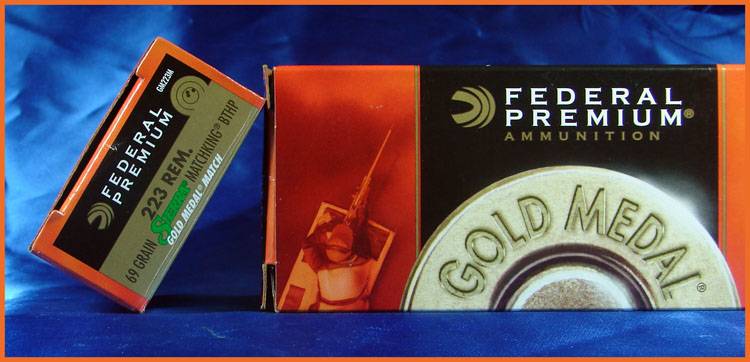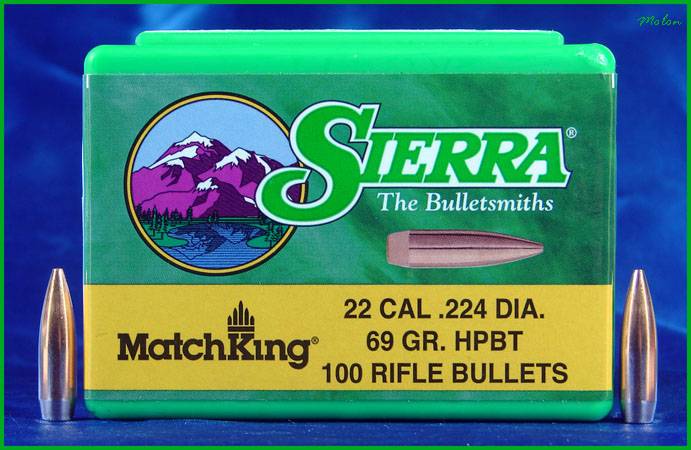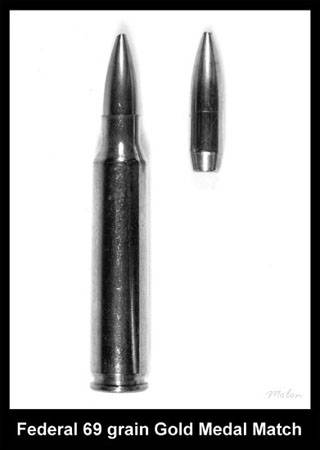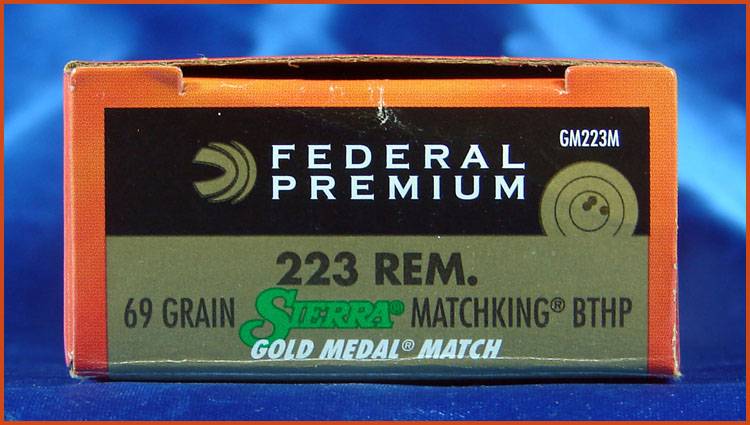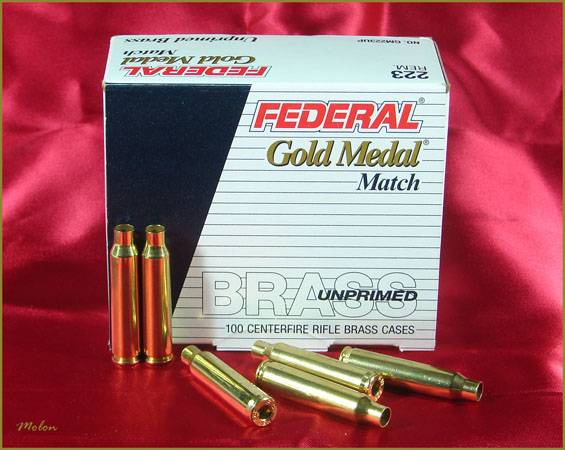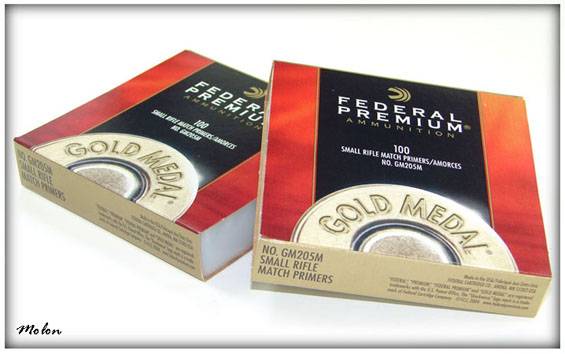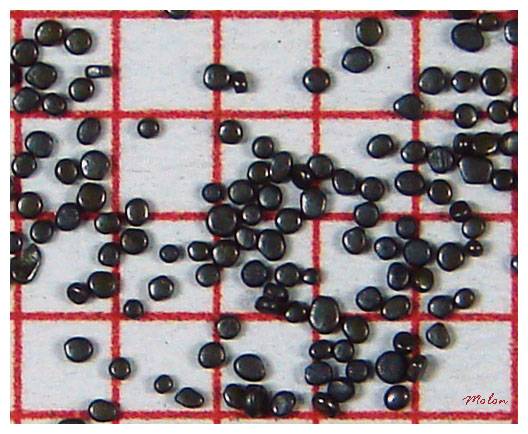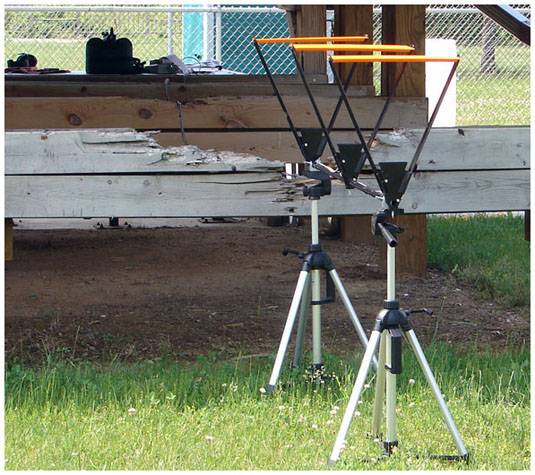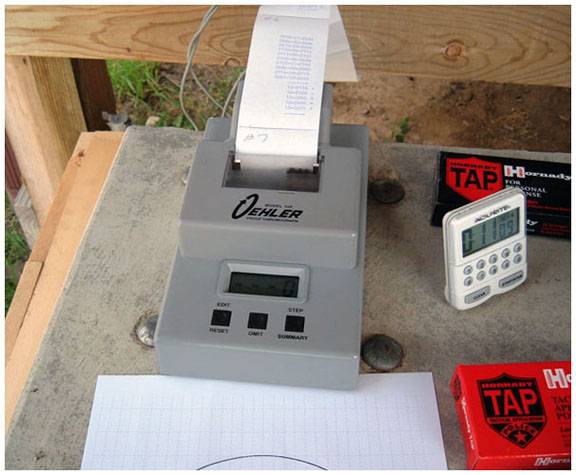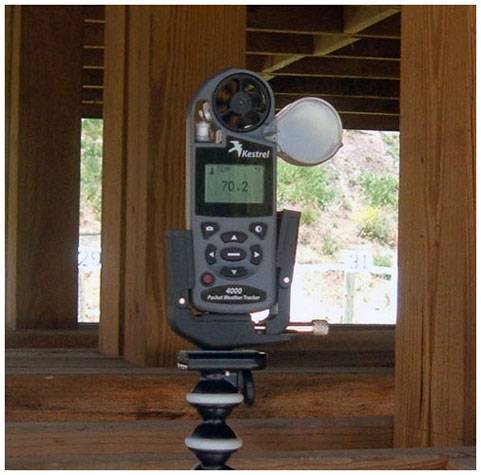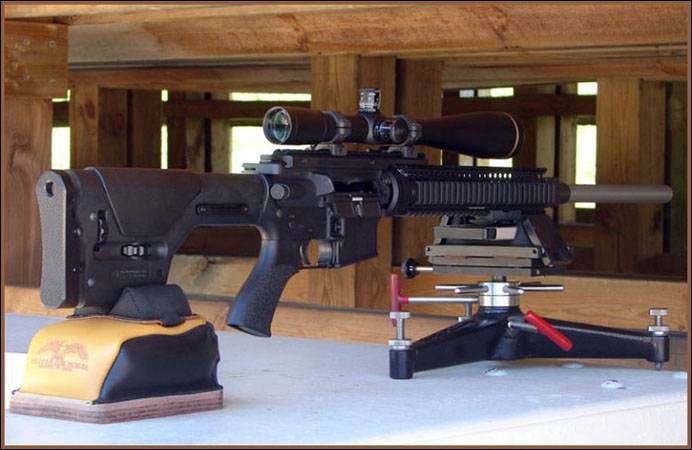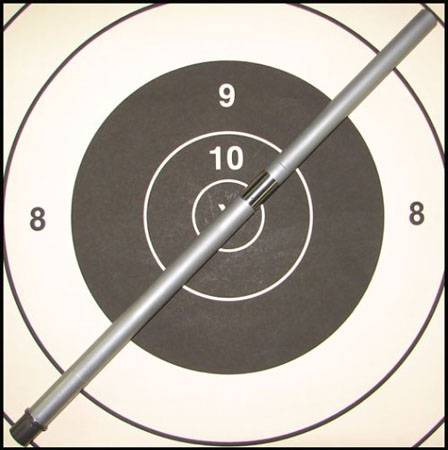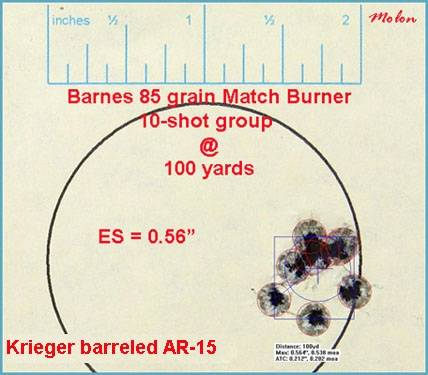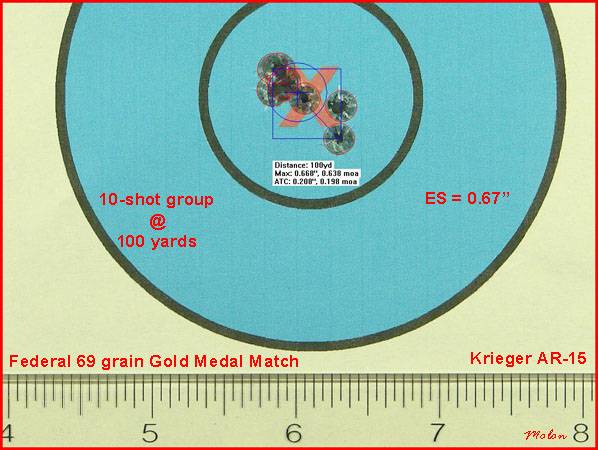Hello all,
Tomorrow I'll be buying a 9 twist .223 and before it ships/arrives to my FFL, I want to purchase a lot of different types of ammo. Never owned a .223 before so I have no idea if a 9 twist will stabilize the heavier options.
I know their is a bullet stability calculator type of thing but it requires me to enter all kinds of specific dimensions for each bullet. In my case that I want to try multiple options, it might take me a while to research each.
Can anybody give me a ballpark or point me in the right direction? I'm not going to reload, it will strictly be factory ammo. Barrel length is 26 inches.
Thanks,
Serg
Tomorrow I'll be buying a 9 twist .223 and before it ships/arrives to my FFL, I want to purchase a lot of different types of ammo. Never owned a .223 before so I have no idea if a 9 twist will stabilize the heavier options.
I know their is a bullet stability calculator type of thing but it requires me to enter all kinds of specific dimensions for each bullet. In my case that I want to try multiple options, it might take me a while to research each.
Can anybody give me a ballpark or point me in the right direction? I'm not going to reload, it will strictly be factory ammo. Barrel length is 26 inches.
Thanks,
Serg

